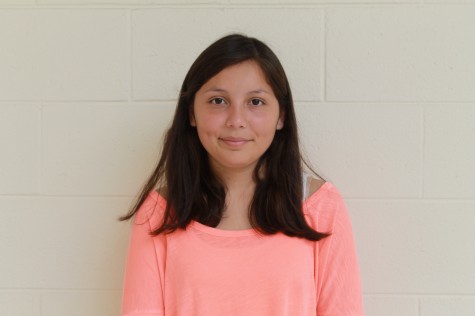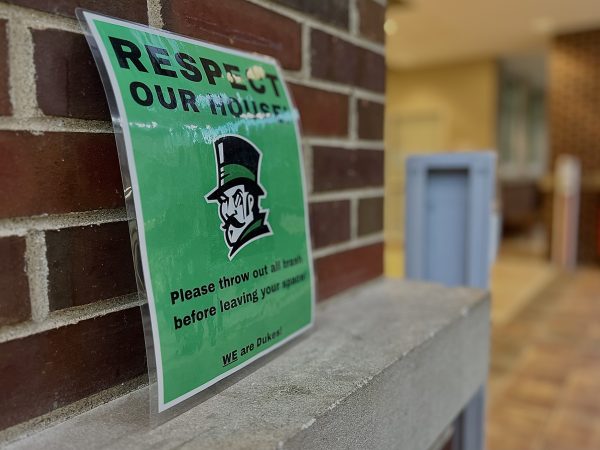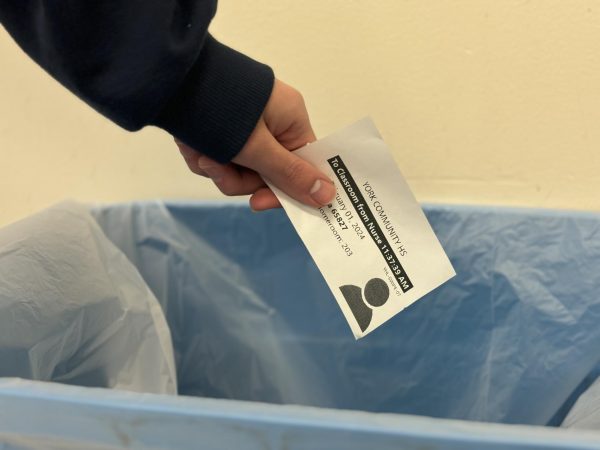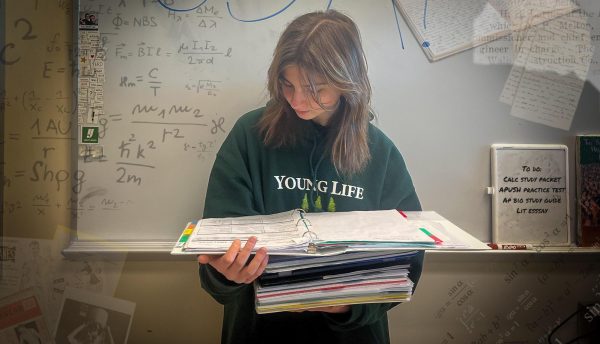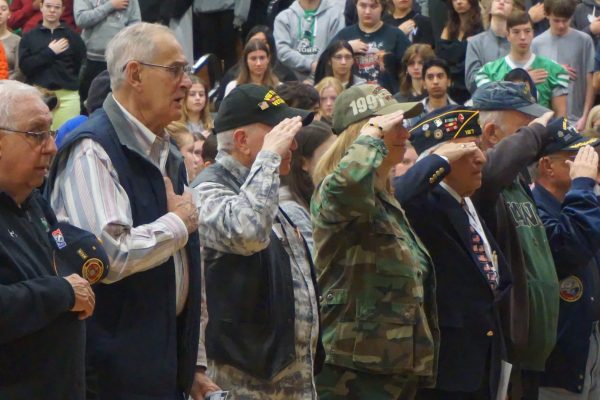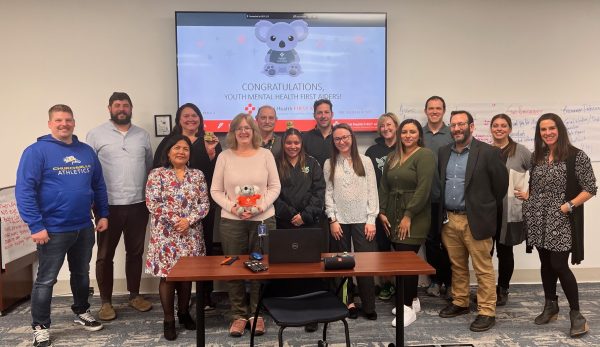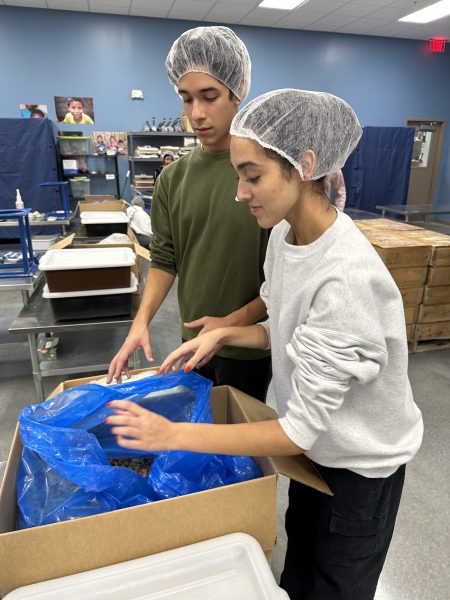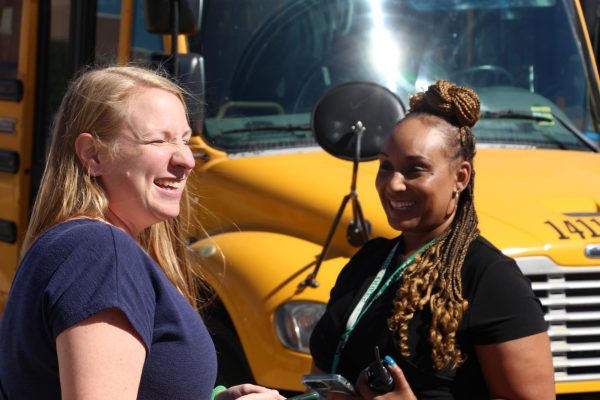Increase in ELL students leads to changes in program
ELL, otherwise known as English Language Learners, is a program that helps students who need improvement on their English. The program also teaches other subjects such as Math and Social Studies.
Twenty years ago, the ELL program did not have as many resources or opportunities as it does now. Previously, there was only one ELL teacher, Mrs. Quatrini, who was the first teacher to start the ELL program here at York.
Now, York has seven ELL teachers, whereas five years ago there was just one. Several specialize in certain subjects–math (two sections), science (two sections), social studies (four sections), and English (five sections). The ELL program also has four resource classes.
In addition, more teachers are learning how to make classes easier for ELL students by taking classes themselves, researching on ELL teaching.
Alongside the increase in teachers, the amount of ELL students also increased. Now, there are 60 ELL students at York who come from all over the world. These students come from Russia, India, Poland, Mexico, and Guatemala. As of now, Spanish-speakers, especially from Guatemala, make up the majority of ELL students.
“About thirteen out of the sixty are not Spanish speakers. The rest do have Spanish as their primary language,” said Mrs. Paul, an ELL teaching assistant. “The majority of Spanish-speakers are primarily from Mexico or Guatemala. Every once in a while we have Spanish-speaking students from Puerto Rico, Venezuela, or Peru.”
Despite coming from different parts of the world, all of these students have one thing in common: learning English. Some characteristics of the ELL students are polite, respectful, fun-loving, hardworking, and grateful. The characteristic that stood out the most to ELL teachers was eagerness to learn.Mrs.Paul and Mr. Rubio, another ELL teacher at York, both considered them eager to learn because the students were working hard to apply their knowledge of the English language to their everyday lives, according to Rubio.
Mrs. Paul said that even though ELL students have the same goal of learning English, the students themselves are very different. Rubio mentions that not only are they different individuals, but they also have different sets of responsibilities.
A common misconception is that fluency in a language relates to the amount of knowledge one has overall. However, as displayed by ELL students, this is not the case.
“There’s a lot of unique talents that comes from being from another country,” said Rubio.
So let’s embrace them.


